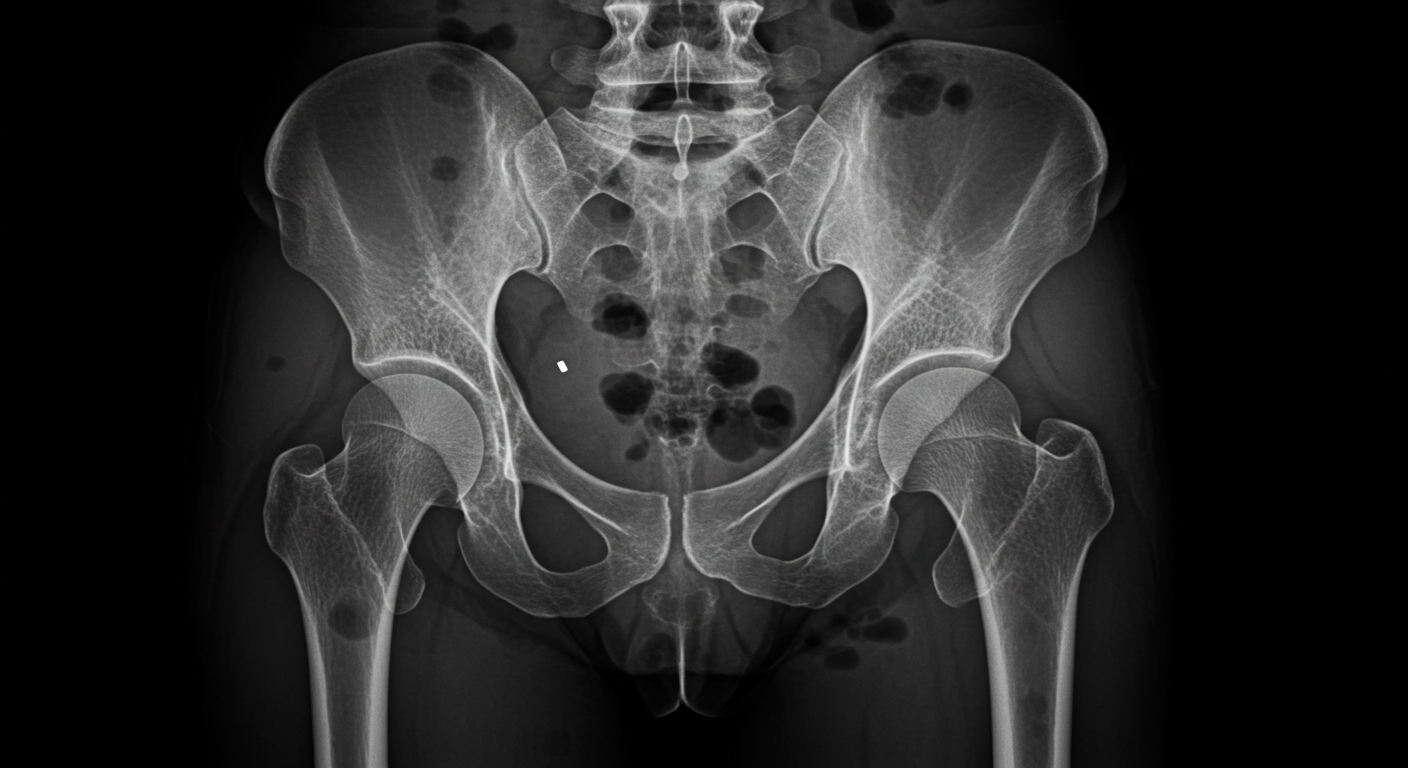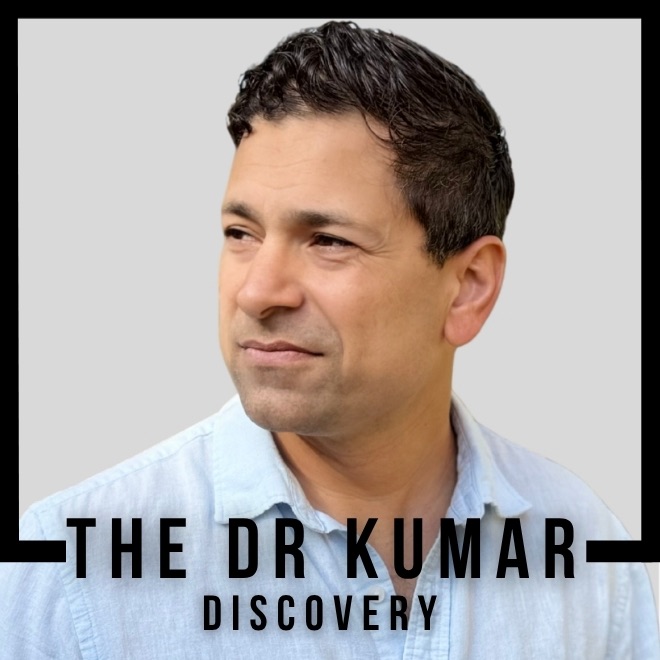Dr. Kumar’s Take:
This study highlights a lesser-known side effect of long-term warfarin use: lower bone mineral density in the spine. Patients on warfarin therapy—especially those taking it for more than a year—had significantly weaker bones in their lumbar spine compared to healthy controls. While warfarin remains a life-saving medication for people with mechanical heart valves, this research suggests it may also interfere with vitamin K’s role in bone health. If you or someone you know is on long-term warfarin, it may be worth discussing with your provider as there are other anticoagulants without the same consequences.
Key Takeaways:
✔ Long-term warfarin use is linked to reduced bone mineral density in the spine.
✔ Duration of warfarin therapy was the only significant factor tied to lower spine T-scores.
✔ Femur bone density was not significantly affected.
✔ The study supports screening and proactive bone health support in long-term warfarin users.
Actionable tip:
If you are taking warfarin long-term, ask your doctor about bone density screening and consider calcium–vitamin D supplementation.
Brief Summary:
This 2009 case-control study examined whether long-term warfarin therapy affects bone mineral density (BMD). Researchers compared 70 Iranian patients with mechanical heart valves on warfarin for over a year to 103 matched controls. Using DEXA scans, they found significantly lower BMD and T-scores in the lumbar spine of warfarin users. No significant difference was found in the femur region. Duration of warfarin use, but not dose or INR level, was correlated with the decline in spinal bone density. The authors recommend screening and preventive supplementation in these patients.
Study Design:
- Study Type: Case-control
- Population: 70 warfarin-treated patients with mechanical heart valves vs. 103 healthy matched controls
- Location: Mashhad, Iran
- Duration of Warfarin Therapy: Average of 89 months (range: 12–360 months)
- Method: Bone mineral density measured using DEXA (spine L2–L4 and total femur)
- Exclusions: Patients on medications affecting bone, metabolic or GI disorders, smokers, and those with fractures
Results:
- Lumbar Spine BMD: Significantly lower in warfarin users (P = 0.048)
- Lumbar T-score: Lower in warfarin group (–1.77 vs –1.13; P = 0.005)
- Femur BMD and T-score: No significant difference
- Osteoporosis prevalence (spine): Higher in warfarin group (13.9%) than controls (9.2%)
- Strongest predictor of lower spine density: Duration of warfarin therapy (P = 0.03)
Why Warfarin May Affect Bones:
Warfarin blocks vitamin K, which is needed to activate osteocalcin—a protein critical for binding calcium in the bone matrix. Without vitamin K, osteocalcin remains inactive and can’t help build strong bones. The spine, rich in metabolically active trabecular bone, may be more sensitive to these effects than the femur.
Related Studies and Research
Examines warfarin’s influence on bone mineral density reduction and fracture incidence. – Details BMD changes and fracture outcomes with anticoagulants.
Analysis of warfarin therapy’s relationship with increased osteoporotic fracture risk in elderly atrial fibrillation patients. – Correlates warfarin use to higher fracture rates.
Explores natto intake’s association with reduced bone loss rates in postmenopausal women. – Observational data on fermented soy’s bone effects.
Discusses how vitamins D and K work together to support both bone density and cardiovascular protection. – Integrates D+K benefits on skeleton and heart.
Investigates combined vitamin D3 and K2 supplementation effects on bone mineral density over 18 months. – Clinical trial of D+K synergy on BMD.
Frequently Asked Questions
Should people on warfarin get bone scans?
Yes, especially if they’ve been on warfarin for over a year or have other risk factors for bone loss. Early screening can catch issues before fractures occur.
Can I take vitamin K2 with warfarin?
Only under medical supervision. Vitamin K2 may help bones but can interact with warfarin’s clotting effects. Always check with your doctor before adding K2.
Does warfarin always lead to bone loss?
Not always, but studies suggest it increases the risk—especially for the spine. Effects may depend on dose, duration, and individual factors.
What can be done to protect bones on warfarin?
Calcium and vitamin D are standard recommendations. Some studies suggest vitamin K2 may help, but it must be carefully balanced with anticoagulation therapy.
Conclusion
Long-term warfarin use may quietly chip away at spinal bone strength by disrupting vitamin K-dependent proteins needed for healthy bone formation. Screening and prevention strategies, including supplementing calcium and vitamin D, are worth discussing with healthcare providers. Future research may clarify how best to support bone health while maintaining safe anticoagulation.


